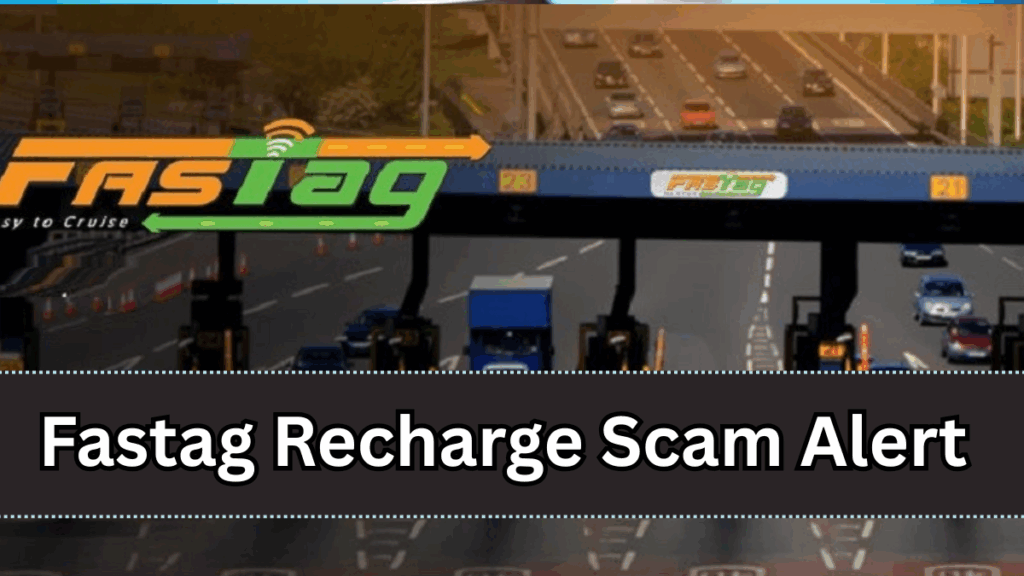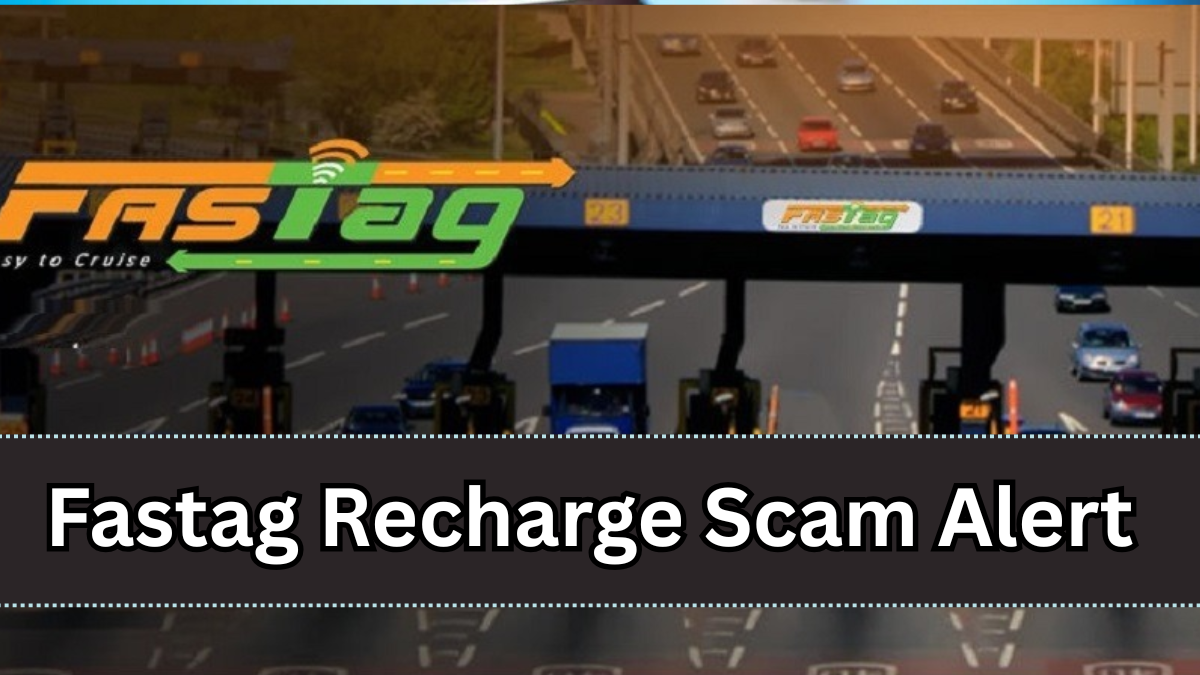With digital toll payments now the norm across Indian highways, fraudsters have found new ways to trick unsuspecting drivers. A recent warning has emerged regarding a Fastag scam India 2025, where cybercriminals are targeting vehicle owners with deceptive messages and calls related to Fastag recharges.
If you or someone in your family drives regularly, it’s essential to understand this latest toll fraud method and how to stay protected.

What Is the Scam All About?
Scammers are pretending to be from Fastag customer care or official toll services. They contact vehicle owners through:
-
Fake SMS alerts about Fastag expiry or low balance
-
WhatsApp messages with malicious links
-
Phone calls asking for Fastag numbers, bank details, or OTPs
These attempts are made to trick users into sharing personal and financial data.
How the Fastag Scam Works in 2025
Here’s a simple breakdown of the typical scam process:
| Step | Scammer Action | Impact on Vehicle Owner |
|---|---|---|
| Step 1: Fake Alert | SMS/WhatsApp warning about expired Fastag | Creates urgency to take quick action |
| Step 2: Link Shared | Fraudulent recharge website is shared | User enters personal and payment details |
| Step 3: OTP Request | Asks for OTP or login info during fake recharge | Full access to user’s wallet or bank |
| Step 4: Money Lost | Funds are transferred or stolen | Financial loss and compromised data |
Key Red Flags for Vehicle Owners
Be cautious of the following signs:
-
Messages from unknown numbers or unofficial-looking IDs
-
Spelling errors and odd phrasing in messages
-
Urgent tone asking for immediate action
-
Suspicious URLs or links that don’t match official portals
How to Protect Yourself from Fastag Scam India 2025
To stay ahead of this toll fraud trend, follow these safety tips:
-
Recharge your Fastag only through official apps or bank websites
-
Avoid clicking on unsolicited links, especially on WhatsApp or SMS
-
Never share OTPs or UPI PINs with anyone over phone or message
-
Enable transaction alerts for all banking and wallet apps
Trusted Fastag Recharge Portals
Always use these verified platforms to recharge your Fastag:
| Recharge Platform | Website/App |
|---|---|
| NHAI Official Portal | https://fastag.ihmcl.com |
| Paytm | Paytm app or paytm.com |
| PhonePe | PhonePe app |
| Google Pay | Google Pay app with linked bank account |
Government and Bank Responses
Authorities are now more active in fighting the growing toll fraud cases:
-
Cyber cells are monitoring suspicious websites and shutting them down
-
Banks are issuing regular cyber alerts to Fastag users
-
A dedicated cybercrime helpline (1930) has been activated for reports
What to Do If You Fall Victim
If you suspect that you have been scammed:
-
Call your bank immediately and block your card or UPI access
-
Report the incident to the cybercrime helpline (1930)
-
File a formal complaint at https://cybercrime.gov.in
-
Inform your Fastag issuing bank or provider to suspend activity
FAQs
How do I identify a fake Fastag recharge message?
Look for unofficial sender IDs, strange language, or suspicious links. When in doubt, don’t click—verify with your Fastag provider directly.
Where can I safely recharge my Fastag?
Stick to official apps like NHAI, Paytm, PhonePe, or your bank’s app. Avoid using third-party links received on SMS or WhatsApp.
What should I do if I clicked a suspicious Fastag link?
Disconnect from the internet, clear your browser data, and check your transaction history. Contact your bank and report the issue to cybercrime.
Can scammers access my bank account through Fastag?
Not directly, but if you share your OTP or UPI PIN through phishing, they can gain access. Always protect your credentials and enable two-factor authentication.
Final Thoughts
With the rise of digital transactions, vehicle owners cyber alert campaigns are more important than ever. This growing Fastag scam India 2025 highlights how vital it is to stay cautious and informed. Use only official channels, don’t trust unsolicited messages, and always double-check before making any payment.
Click here to learn more
